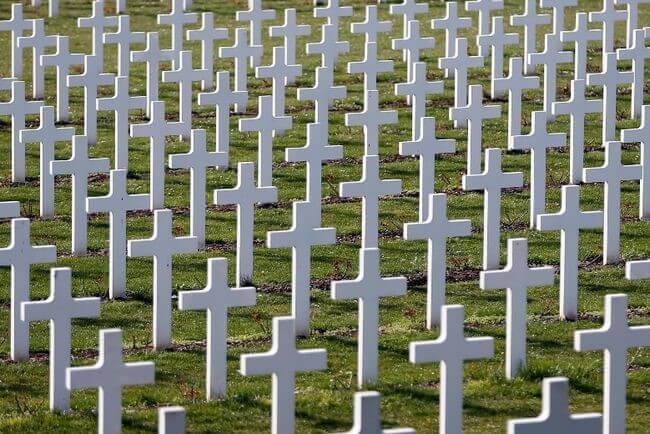|
|||||||||||||||||||||
A regular reader of the Library of Social Science Newsletter, Steven Pinker, has been particularly interested in a piece we recently published, Koenigsberg's Second Law (see directly below). He wrote to me about a new paper, Dying for the group: Towards a general theory of extreme self-sacrifice (Harvey Whitehouse), published in Behavioral and Brain Sciences.
I’m grateful to Professor Pinker for alerting me to this paper. The title echoes research I’ve been conducting for the last twenty-eight years, ever since I chaired a Panel, “The Social Psychology of Nationalism with Special Reference to Sacrifice”—and presented a paper, “Dying for One’s Country” on July 13, 1990 at a meeting of the International Society for Political Psychology. As those of you who are reading this now know, Library of Social Science has been developing this theme for quite some time (we have a special website presenting the best writings we’ve published on this topic, Essays/Papers on War, Sacrifice and Genocide). When I began writing about sacrificial death as the essence of group psychology—and perhaps the foundation of culture—it seemed a radical idea. It’s been a long, arduous trek—from 1990 to 2018. Like many disquieting ideas, it is not only a question of establishing its “truth,” but of overcoming psychological barriers to accepting—or looking closely—at this idea. Scholarly change is not separate from psychological change. I am deeply grateful to those who recognized the significance of this idea, stepped forward to support it, and wrote papers or essays for the Library of Social Science. Among these thought leaders: Ivan Strenski, Michael Vlahos, Kelly Denton-Borhaug, Yael Feldman, Roger Griffin, Pingchao Zhu, Panayiotis Demopoulos, Brian Crim, Geoffrey Cocks, Alexander Chirila, Liah Greenfeld, Walter Skya, Murray Schwartz, Brian E. Crim, Michael Roberts, and Akio Kimura. Before I comment on Whitehouse’s paper, I believe it’s time for a retrospective—to reflect upon how the idea of sacrificial death has evolved since 1990. I will write about this in subsequent issues of the Library of Social Science Newsletter. I called my project—as I first conceived it—“Awakening from the Nightmare of History.” OK, perhaps a bit grandiose. But what I’m suggesting is quite simple: once we recognize sacrificial death as the central dynamic generating political history, the world changes forever. |
|||||||||||||||||||||


